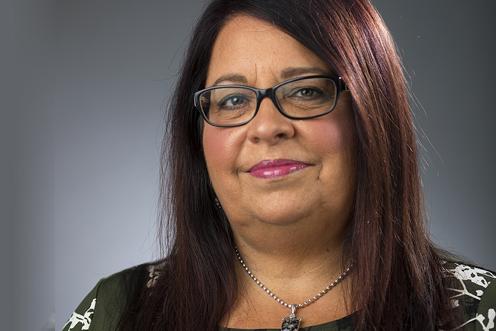High Cost of Care Underscores Need for Hospital Pricing Transparency

The United States is known for many things, including exorbitant healthcare costs. Healthcare costs have always been high, but things appear to be getting worse. While persons who are unemployed and persons with limited financial means struggle disproportionately due to the high cost of care, people from many different backgrounds are navigating how to access and afford quality care.
According to a study from the Kaiser Family Foundation, “About half of U.S. adults say that it is very or somewhat difficult for them to afford their health care costs (47%).” There is also an age and racial impact. The same study noted that “Among those under age 65, uninsured adults are much more likely to say affording health care costs is difficult (85%) compared to those with health insurance coverage (47%). Additionally, at least six in ten Black adults (60%) and Hispanic adults (65%) report difficulty affording health care costs compared to about four in ten White adults (39%).”
Skyrocketing Costs
Healthcare cost has always been an issue, but with rising inflation, it is becoming a nightmare for many Americans, including New Yorkers. The Daily News reported that the Consumer Price Index noted that health insurance prices rose by 24.3% over the last year. It also stated that since 2000, healthcare costs have increased more than twice as fast as overall prices. Wages, by the way, have remained stagnant as employers traditionally pass the burden of increasingly high healthcare costs onto workers.
More Transparency
At a time of increasing healthcare costs, it is critical that there is more transparency in the costs of services. Price transparency can hold hospitals accountable for overcharging, up coding, and fraudulent billing. Unfortunately, far too many hospital and health systems are not transparent with the cost of care. New York City Councilwoman Julie Menin expressed an intention to introduce legislation to require greater transparency in hospital prices for New York City hospitals. This follows a federal law, the Hospital Price Transparency Law, that went into effect in 2021 and requires hospitals to disclose the cost of common services on their websites in at least two forms. Unfortunately, few hospitals are complying, according to the Journal of the American Medical Association. NBC News summarized the findings: “The report analyzed 5,000 hospitals nationwide and found that just 300, or fewer than 6 percent, were fully compliant with the rule, meaning they had publicly published both machine-readable files and separate price estimators for shoppable items. Many hospitals were partly compliant, but 50 percent had neither of the two required components.”
Fighting for More Information
Healthcare professionals understand that the high cost of care means people are foregoing seeing doctors or showing up only in cases of emergency. It also means that privately funded hospital systems are cherry-picking patients and making it harder for persons of ordinary or low wealth to access services. “Our jobs are not just about treating patients when they show up but advocating for policies that make it possible for more people to receive care,” said NYSNA President Nancy Hagans, RN, BSN, CCRN. “As NYSNA nurses enter negotiations and bargaining, we’ll be fighting for greater transparency, but also greater resources to serve all facets of the community.”
Our goal today and in the future is to help end abusive and deceptive billing practices and ensure that all people know what they’re getting in terms of the costs of care. We are also committed to continuing to advocate for universal , single-payer healthcare as a means of making care more accessible and affordable.